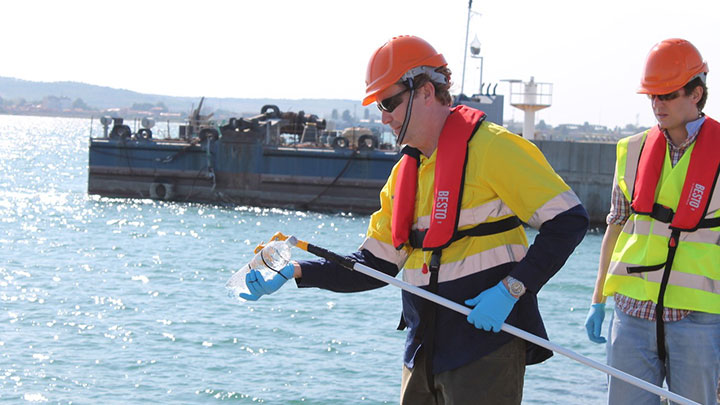Port monitoring and shipping

Port monitoring is of vital biosecurity importance due to risk of Alien invasive Species (AIS) introduction via ship ballast water or biofoul on hulls and niche areas. Historically, port monitoring has been conducted by visual inspection of high-risk vessels using morphological identification methods – a highly specialised skill that often requires boat time and divers, and can usually only detect mature specimens.
eDNA isolated from water, sediment, settlement plates or biofoul provides an alternative way to search for invasive species in ports, ballast or on the hull of a ship. An eDNA approach to invasive species surveys has many benefits over traditional monitoring. Creating biotic audits of the taxa present in a sample and cross referencing against a custom database of AIS can target detection of particular pest species. A full biotic audit also allows for comparison against species previously recorded in an area. This may lead to the detection of introduced species that had previously not been considered by risk assessments but may be just as harmful as identified pests. Finally, if an AIS is detected, monitoring eDNA over time can be used to determine the extent of spread and impact.